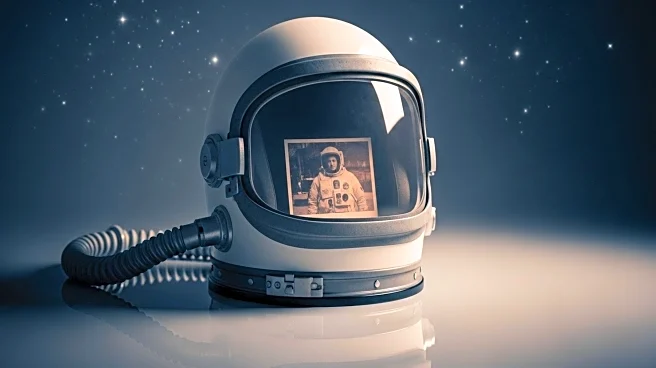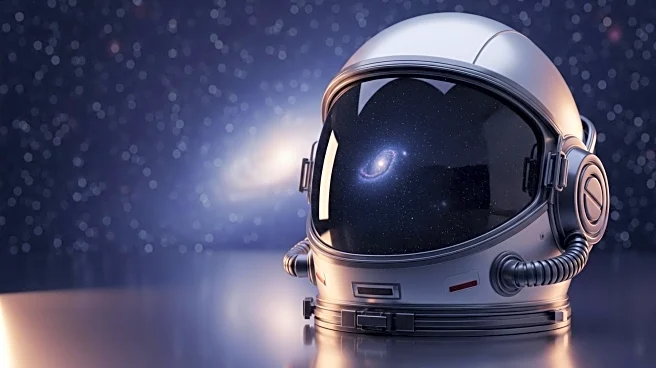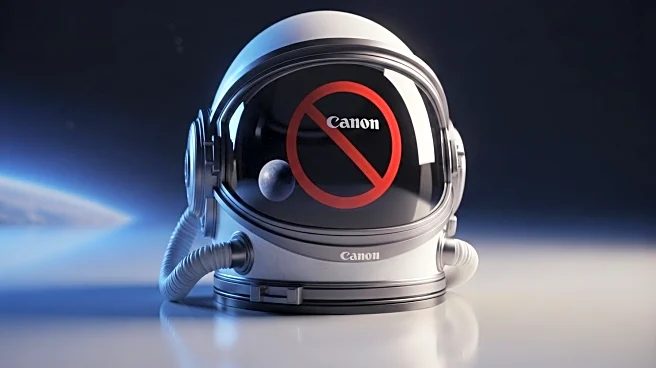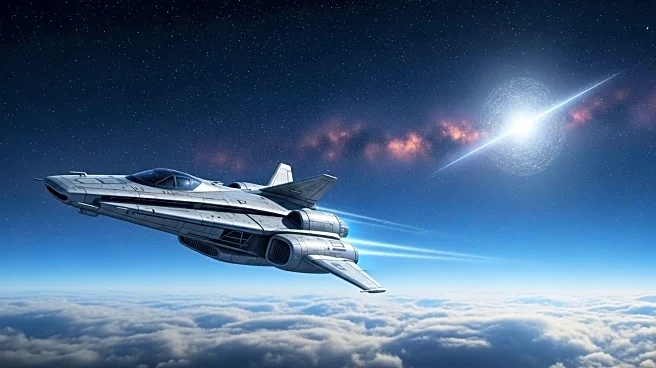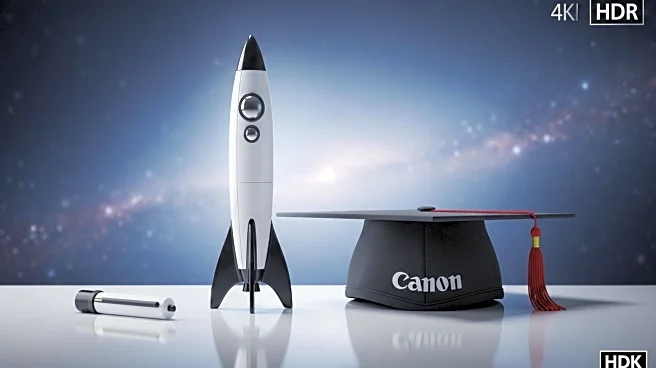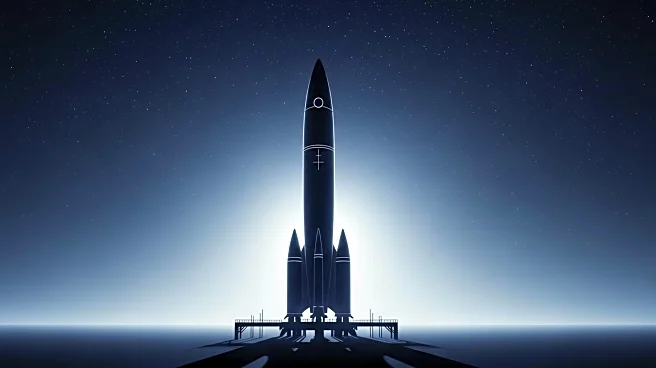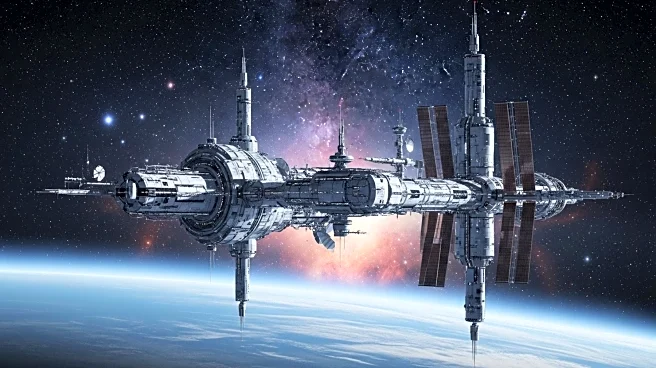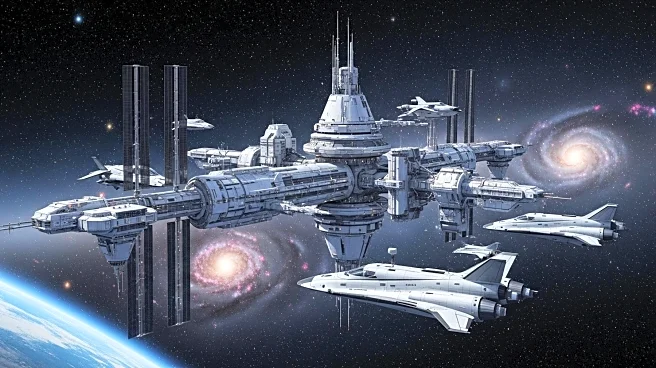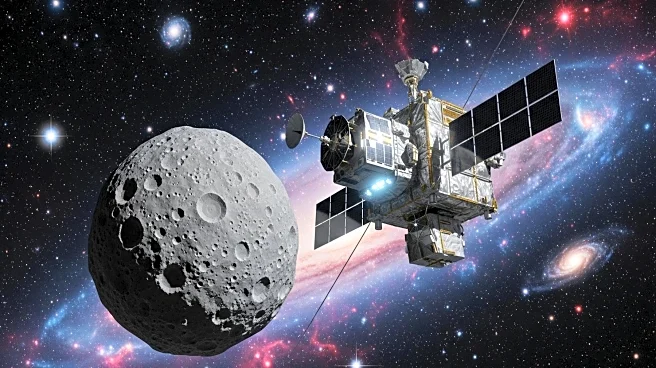What's Happening?
A collection of rare photographs from NASA's early space missions has been restored and is now on display at Jodrell Bank Observatory in Cheshire. The images, which include the first selfie taken in space by astronaut Buzz Aldrin and Ed White's first US spacewalk, were digitally restored by Andy Saunders. These photos, originally from the Gemini and Mercury missions, had been stored in NASA's archives for decades. The restoration process involved painstaking work to bring out details from underexposed film, offering a new perspective on these historic moments. The exhibition aims to highlight the personal experiences of astronauts during the early years of space exploration.
Why It's Important?
The restoration of these images provides a unique glimpse into the personal experiences of astronauts during pivotal moments in space history. By bringing these images to the public, the exhibition not only celebrates the achievements of the Gemini and Mercury missions but also underscores the human element of space exploration. This initiative helps preserve the legacy of early space missions, offering insights into the challenges and risks faced by astronauts. The exhibition also serves as an educational tool, inspiring future generations to appreciate the history and potential of space exploration.
What's Next?
The exhibition at Jodrell Bank Observatory will run until January 2026, allowing visitors ample time to explore these restored images. The observatory, with its historical significance in the space race, provides an authentic setting for the exhibition. As interest in space exploration continues to grow, similar initiatives may emerge, focusing on other aspects of space history. The restored images may also be used in educational programs and publications, further disseminating knowledge about early space missions and their impact on science and technology.
Beyond the Headlines
The exhibition highlights the role of Jodrell Bank in the space race, including its contributions to tracking space missions and receiving the first images of the moon's surface. This underscores the importance of international collaboration in space exploration and the contributions of various institutions to global scientific achievements. The restoration project also reflects advancements in digital technology, which enable the preservation and enhancement of historical records, ensuring that these significant moments are accessible to future generations.
